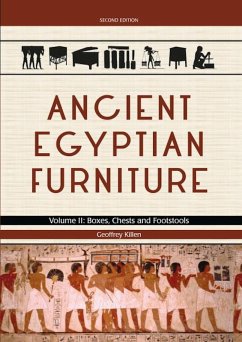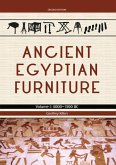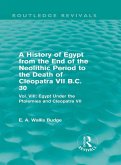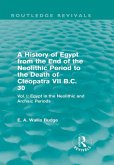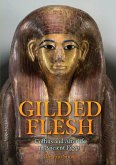In this revised second edition Dr Killen continues his survey of Egyptian furniture-making techniques with a study of boxes, chests and footstools and traces their evolution from the earliest times. Wooden, papyrus and alabaster boxes and chests were used to hold, protect and store valuable objects, toilet utensils, instruments, tools, garments, curtains, game pieces and papyri amongst other things. Those from the Old Kingdom usually had flat lids and solid board sides, tied together at the corners. During later periods carcase construction became so sophisticated, with the introduction of frame and panel work, that it was possible to construct barrel, shrine and pent-shaped lids. Later chests were elaborately painted, some with funerary scenes, painted with hieroglyphs or had gilt fretwork decoration applied to the sides and lid. This book is copiously illustrated with drawings and photographs and contains a catalogue of additional known pieces of Egyptian furniture preserved in museum collections.
Dieser Download kann aus rechtlichen Gründen nur mit Rechnungsadresse in A, B, BG, CY, CZ, D, DK, EW, E, FIN, F, GR, HR, H, IRL, I, LT, L, LR, M, NL, PL, P, R, S, SLO, SK ausgeliefert werden.

